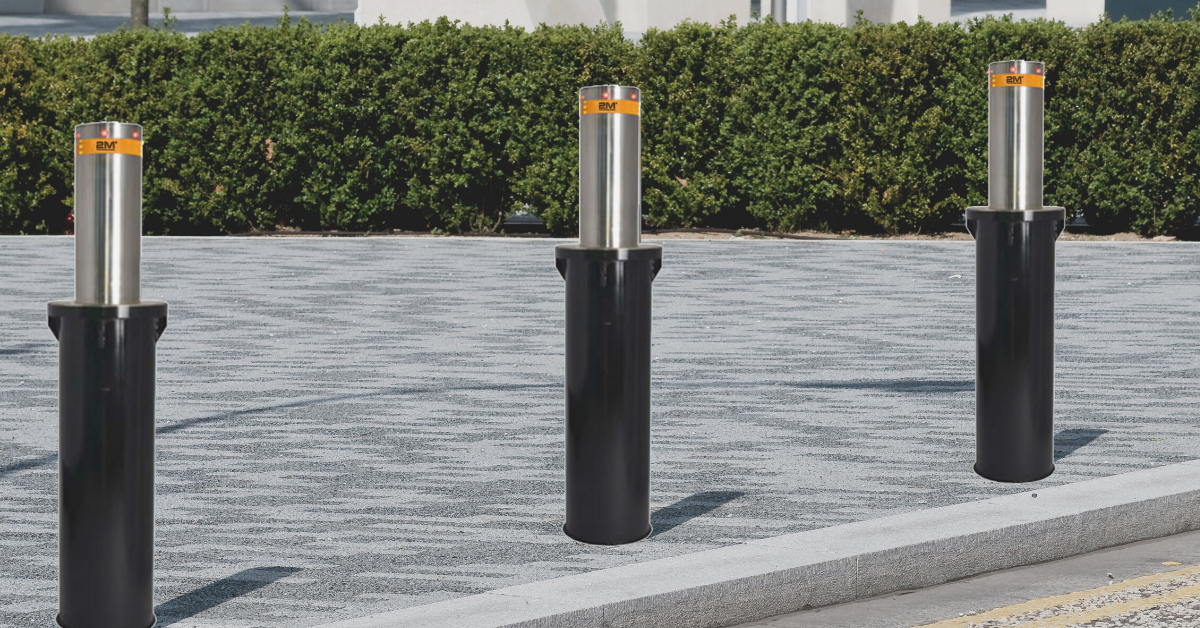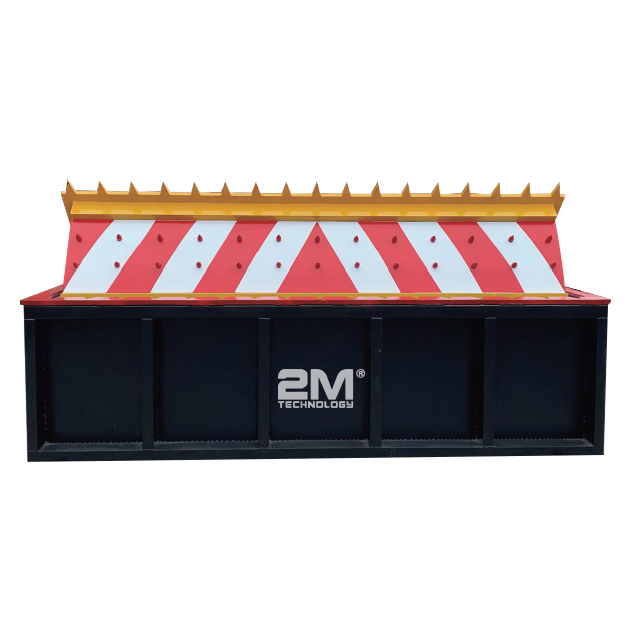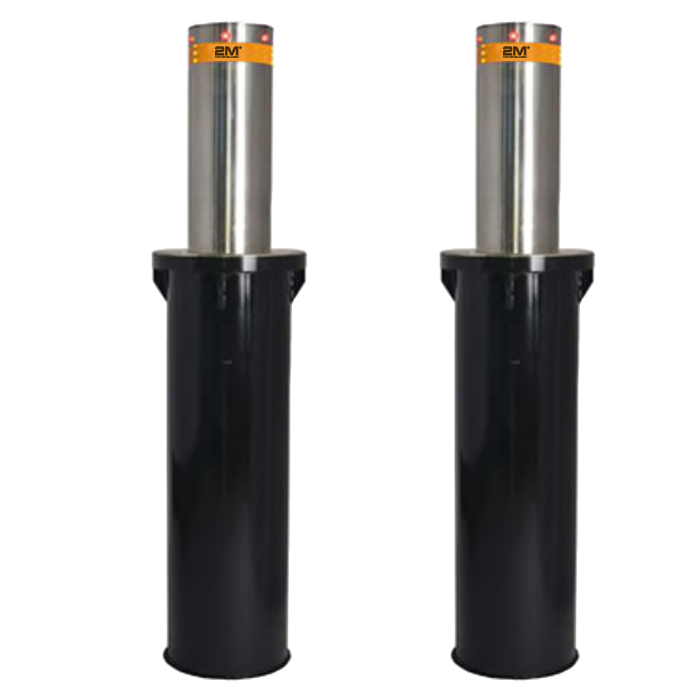In a past article, we discussed the shift towards pedestrianisation in response to COVID-19. While pedestrianisation is seen as a good thing since it takes vehicles off the roads, it also carries a more negative consequence: pedestrianisation also leaves pedestrians more vulnerable to vehicle ramming attacks.
What Are Vehicle Ramming Attacks?
Vehicle ramming attacks (VRAs) can also be referred to as vehicle as a weapon (VAW) attacks. As the name suggests, this type of attack involves someone driving a vehicle into pedestrians with the intention of hurting them. This method of attack is gaining traction because they are easy to plan and carry out while still being effective. Over the years, VRAs have become more frequent all over the world due to pedestrianisation and increasing political tension.
For years, VRAs have been the choice of attack for terrorists in the Middle East, most of them fueled by the Israeli-Palestinian conflict. VRAs were so common in Israel that by 2016, they were “the second deadliest form of attack carried out by Palestinians against Israelis”. However, VRAs have spread to other countries with different motives behind them as a result of various magazines publishing articles about VRAs and promoting them as a do-it-yourself terrorist act.
Besides the motivation, the act of VRAs have evolved over the years. Before, terrorists would ram their vehicles into pedestrians with the intention of killing them upon impact. Now, there’s been a trend towards crashing a vehicle in order to detonate improvised explosive devices (IEDs) or to allow the driver to hop off and commit mass stabbings or shootings.
VRAs Examples
Probably one of the most deadliest VRA case occurred in July of 2016 in Nice, France. In this case, a cargo truck drove through pedestrian barricades into a crowd of people celebrating Bastille Day. The driver kept driving through the streets and even fired gunshots at police officers. This attack resulted in 86 deaths and 458 injuries.
Last year in the United States, a man named George Floyd was killed which sparked heavy outcry amongst people who believe an innocent man was unjustly murdered by a police officer abusing his power. For weeks, protests were held to rally against the issue of police brutality and racism. The result? Far-right extremists committed 34 VRAs within 2 weeks against Black Lives Matter protesters.
Just this weekend, a vehicle ramming attack happened in front of the U.S. Capitol. The driver rammed the car into two police officers in front of a barricade outside of the U.S. Capitol and then proceeded to lunge at the other officers with a knife. This resulted in the death of one officer and severe injuries for another.
Security Solutions for VRAs
Pedestrianisation and political unrest are not going away anytime soon. Even though we can’t prevent vehicle ramming attacks from being planned, we can make efforts to stop them and mitigate their effects. As of right now, most cities just block off areas to vehicular traffic with barriers and signs, but many have expressed criticism that these efforts are “flimsy” and that a better solution must be found. As seen in the VRAs examples, regular pedestrian barriers are easy to ram through. However, security solutions like traffic spikes and security bollards, will be able to prevent vehicles from getting through to pedestrians.
Traffic Spikes
Traffic spikes are in-ground devices that have spikes that will puncture tires when driven over. You might have seen them being used in parking lots or garages in order to control the direction of traffic or to prohibit entry into certain areas. These traffic spikes can be installed around pedestrian areas to prevent vehicle ramming attacks. When a vehicle attempts to run over the barrier into a crowd, the spikes will damage the tires and prevent the car from any further movement.
Security Bollards
Security bollards are another barrier against VRAs. Like traffic spikes, they can be installed around pedestrian areas to block off any vehicular traffic. Although they just look like regular poles, these bollards are equipped with immense strength. When a car crashes into the bollards, the bollards will hold the vehicle back instead of allowing it to plow through. Additionally, the bollards are able to descend into the ground to allow authorized cars to pass through and rise up quickly for security.
If you’re interested in finding out more information on these products, then please contact us today!



